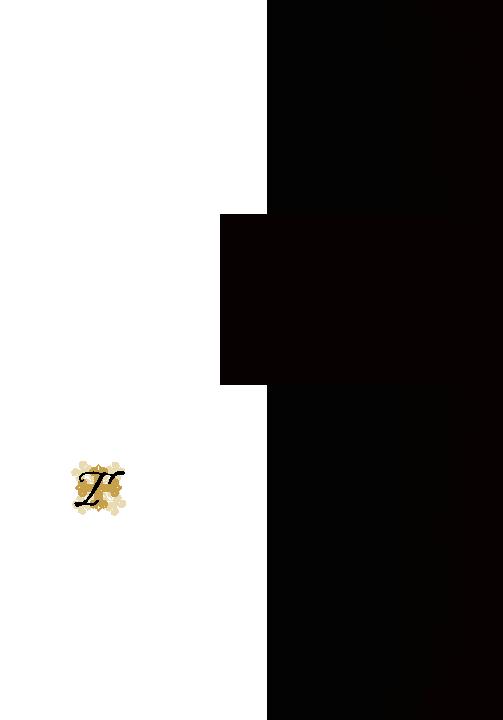
from France and Italy. The most significant structure they built was a Romanesque stone
cathedral to replace the old adobe parroquia ("parish church") in Santa Fe. Begun in 1869
but never fully completed under Lamy's administration, Saint Francis Cathedral acquired
greater status in 1875, when the archdiocese of Santa Fe was established as a metropolitan
with Lamy elevated to Archbishop. The Loretto Chapel in Santa Fe also reflects his efforts
to bring finer structures to what was then generally thought to be an architecturally
impoverished area.
beset by controversy, felt it imperative to find a retreat where he could periodically take
brief refuge from the cares of
his office for quiet and medita-
tion. This retreat he found
along the Little Tesuque
stream, a few miles north of
Santa Fe. Sometime during the
1860s, Lamy purchased for $80
a piece of land within the outer
boundaries of the claimed, but
never confirmed, Río de
Tesuque grant from Natividad
Romero and his wife, María
Vitalia García, residents of the
Río de Tesuque settlement. The
deed was not, however, record-
ed until October 23, 1874.
The property limits were delineated in the customary Spanish method of citing geographical
features, rather than by the Anglo-American system of precise metes and bounds. The
conveyance did not mention that any structures existed on the tract.
productive. On a little hill, the bishop built his "lodge," named Villa
Pintoresca, obviously for magnificent view. It was an unpretentious building,
but then Lamy was an unpretentious cleric. Undoubtedly, he supervised the
Mexican and European architectural features. The building consisted of two small rooms --
a bedroom and a sitting room, one on the north, the other on the south -- separated by a
hallway that led into a tiny chapel on the east. There he conducted his personal devotions
and celebrated mass for frequent guests. Sometimes, he was assisted by a probably none-
too-willing acolyte from St. Michael's School, when the archbishop enlisted the student to
accompany him on the three-mile walk. The adobe walls of the bishop's structure were laid
upon stone foundations (now covered in cement) and were mud-plastered on both the inte-
rior and exterior, as they still are. The gable ends, however, were made of wood, and pitched
roofs were apparently shingled from the beginning. A graceful steeple, with a plain wooden
cross atop its spire, rose above the roof. A portal extended around the west and south sides.